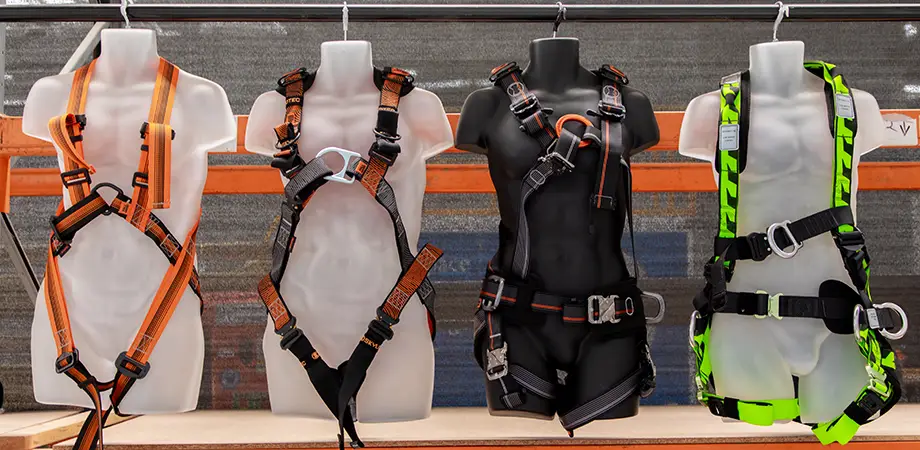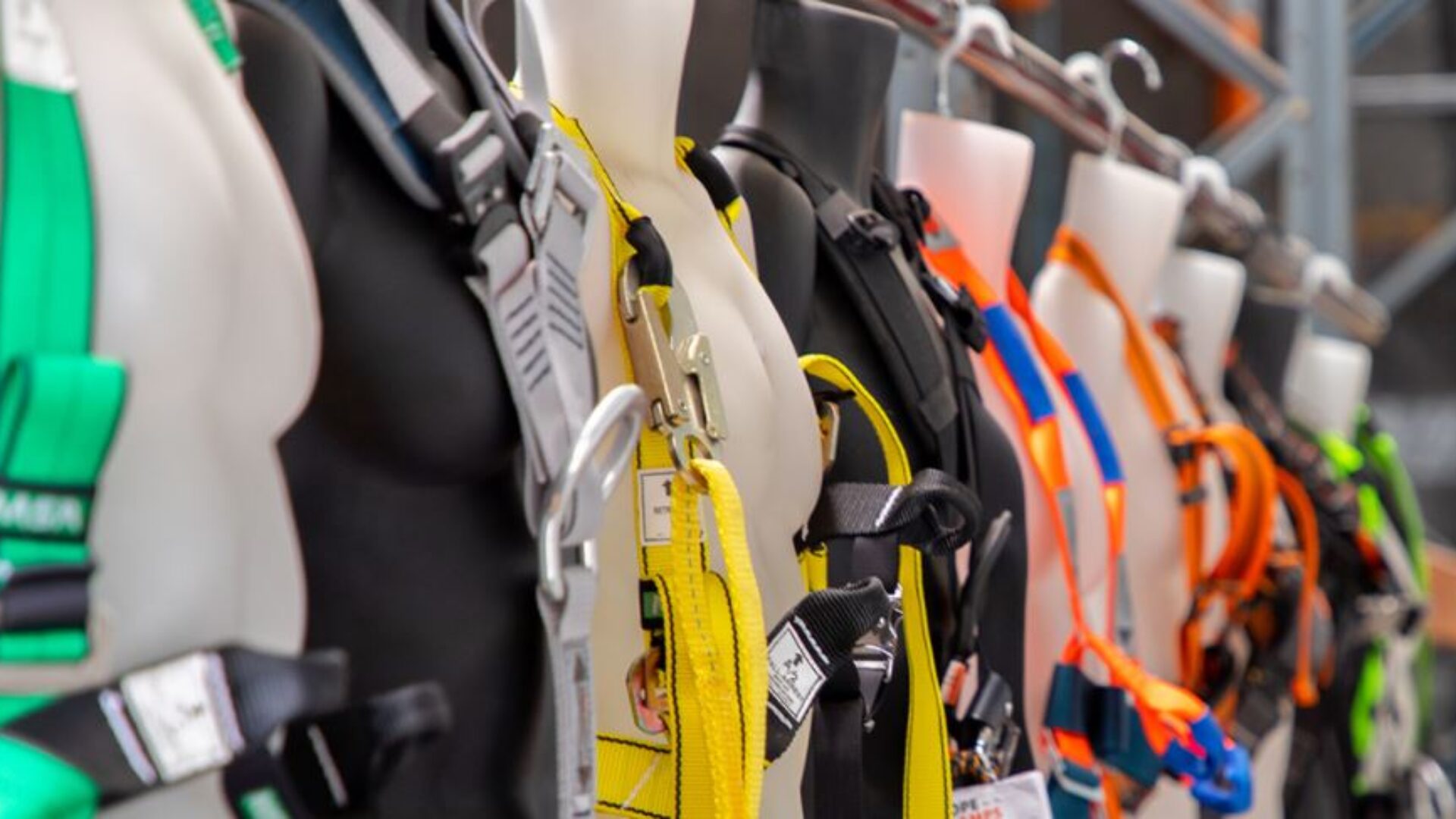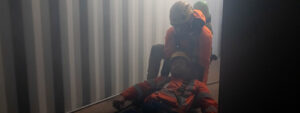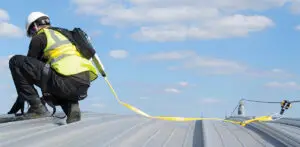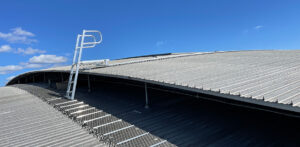Harnesses come in a variety of shapes, sizes and suitability for different types of work. Ensuring that you are using the right harness for the right job is a vital part of maintaining high levels of workplace safety.
A harness is the first-thought PPE item when it comes to working at heights and in areas where there is the risk of a fall. There are a seemingly endless variety of harnesses, with different buckle types, made from different materials, with different straps, tethering options, padding and, of course, price.
When choosing a harness, it is important that what is picked is going to help, not hinder, the wearer’s ability to go about their work. It should also be comfortable and easy to use.
But how do you choose the correct harness from all the different styles and brands out there? Here are some top tips from our experts on what to look out for.
What to consider when choosing a harness
When choosing your next (or first!) harness, there are a couple of important questions you need to answer right from the start.
Firstly, how often will you be in situations where you will need a harness? Second, you need to consider what sort of work you will be doing. And, finally, you should take into consideration the tools, equipment and other stuff you are going to have with you while working.
For those whose use of a harness is typically limited to a handful of times a year or less, how comfortable it is to wear would be less of a concern than someone who is wearing a harness almost daily. Those who do need to wear a harness on a regular basis should look for one that is going to be comfortable to keep on for long periods of time, rather than a simpler harness that is good for an hour but probably not much more.
Considering the type of work that is going to be completed while wearing the harness will also assist in the decision-making process. For example, if your work involves being lowered into a tank or vat, then a harness with attachment points on the shoulders would be worth considering as that makes it easier to be winched down into the work area. If you are going to be abseiling and working on a building facade, then a harness that features superior padding and in-built seat would be useful.
Drops from height can be just as dangerous for other people on a site as a fall is for the worker. Alongside the type of work being completed and the frequency of work, the tools that are going to be used should also be thought about when choosing a harness. If hand tools and other small tools are going to be taken into the area of fall risk as well, tethering solutions should be considered.
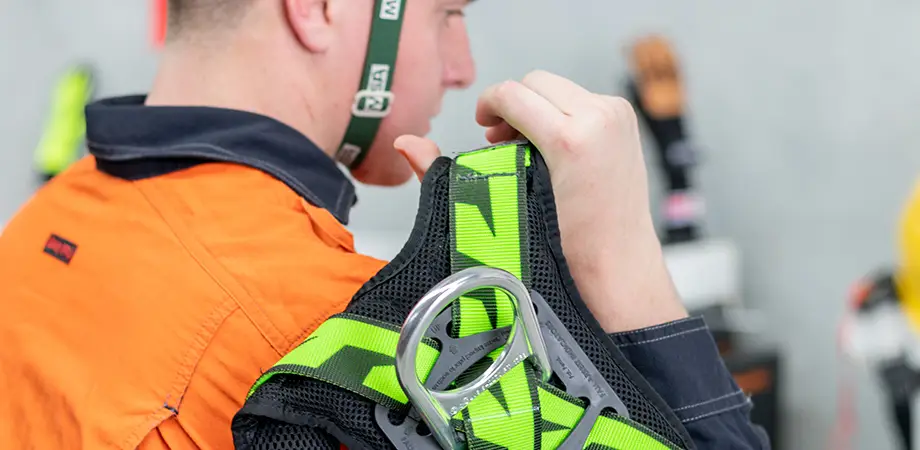
You should also make sure that your harness is compliant to AS1891.1, the Australian standard that governs the design, construction, and maintenance of fall protection equipment like harnesses.
One of the additional benefits that working with HSE can bring those looking to purchase a harness is being able to attend our training centres and try a range of common harness types to see how they work for you. Our experts make sure that every one of our clients is getting a harness that will not only suit their needs but enhance their safety when working on site.
What is a simple harness for occasional use doing simple tasks?
A simple harness can be just that – simple. For those undertaking short tasks using common safety equipment infrequently, a simple harness that meets basic compliance standards is often enough.
In our HSE Sydney training centre, a basic compliance harness is used for course participants. This harness features rear and front attachment points. It also has simple buckles and basic length adjustment to make it fit across a variety of body shapes and sizes.
In the real world, this is the sort of harness you might select if you were completing small amounts of work on a roof infrequently. It provides compliant fall protection, when used correctly, but opts for a lower price over additional padding and comfort features of other harnesses designed for more regular use.
Harnesses for regular, day-long wear
If your work requires using a harness on a regular basis, or for long periods of time, it is worth looking at harnesses that provide a bit more padding and are designed to be a more comfortable. It is important that wearing a harness not feel like a burden or hindrance for a worker. Different types of harnesses are also made using more breathable material. This material is often more lightweight and can reduce the sweating that can occur underneath padding.
It is human nature to avoid having to do things where there is no perceived benefit. It is much easier to adopt a “it’ll be right” attitude if the alternative is spending a long-time fitting and adjusting an uncomfortable harness.
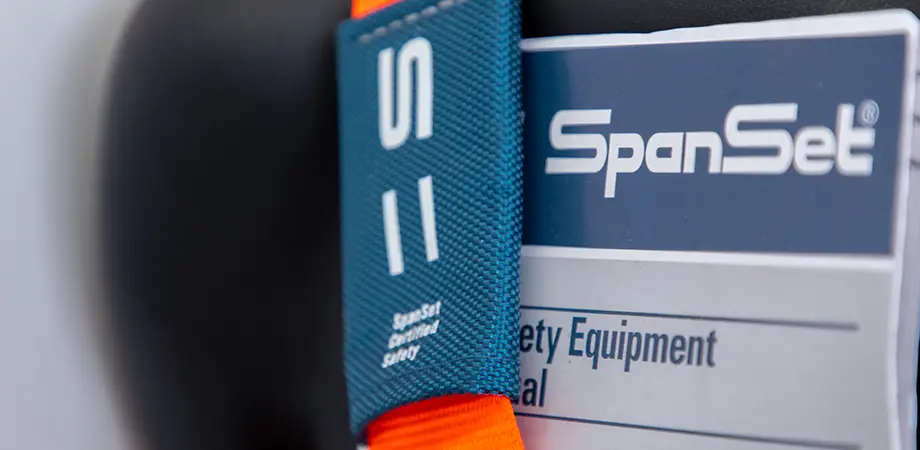
Different harnesses come with different solutions on how to improve comfort and usability for workers, as well as being designed to work best in different types of work.
For example, there are harnesses designed specifically for abseil work like facade maintenance. These are designed to include a seat-like element that removes the risk of the wearer suffering suspension trauma while working under load.
Other harnesses designed for tower work, like assembling construction cranes or accessing communications equipment, have a padded element around the lower back. When paired with attachment points on the hips they allow the worker to use a pole strap and keep position hands-free while they complete their work.
Confined space, rope access and special use harnesses
There are a variety of harnesses out there that have been designed for specific types of work.
Harnesses designed for use entering and working in confined spaces can have attachment points on the shoulders, making use of a spreader bar when being winched through a manhole easier and more comfortable for the worker.
Rope access harnesses can also have additional attachment points that assist in making things more comfortable for workers. Attachment points on either side of the worker’s hips allow a pole strap to be used to hold the worker in position while at the top of a communications tower, or even in a tree. These types of harnesses are also designed to minimise the pressure placed on the workers thighs when working, reducing the risk of the worker suffering from suspension trauma.
There are also harnesses available that have been designed to suit specific work – like doing hot works or working in wet environments.
Hot works harnesses can be manufactured with material that is more resistant to damage from extreme heat. This can be from welding or other industrial applications where work is completed in a high-heat environment.
Similarly, harnesses can be made using water resistant materials that minimise the risks of degradation when used in damp environments, or other places where the harness is likely to be in contact with liquids and chemicals.

Looking after your harness
Once the best harness for your needs has been obtained, it will need to be maintained and looked after like any other tool used for work. Harnesses should be kept clean and dry when not in use.
Every time you go to put on your harness, it should be checked to make sure that it has not been damaged, ripped or cut since its last use. You should also check that the buckles and attachment points are clean and work properly.
Harnesses should be properly inspected and logged at least every six months, along with all your other PPE. (Some SWMS documents may require more frequent inspections). This inspection is important, as it is more comprehensive than a pre-work check. And having the inspection logged, creates a history of checks for the harness, helping to ensure that it keeps in good working order. Much like how a logbook does for a car.
I’m still unsure what I should be looking for in a harness.
Call the team at HSE. We have experts that can walk you through all your needs and match you with a harness that will suit you perfectly. In some cases, we may even be able to arrange for you to “try before you buy” at one of our state of the art training centres, to make sure you are getting what you need.
Call our team on 1300 884 978 or email enquiries@heightsafety.net and speak to one of our experts about your PPE and safety equipment needs.
